The Rail Museum at Howrah highlights the history and heritage of the railways in the eastern part of the country, with special focus on the history of Howrah station, the second largest and one of the most busiest railway stations in the country, and the railways in eastern India in general. Also on display are pictorial histories of ECR (East Central Railway Zone), SER (South Eastern Railway Zone), NFR (North-East Frontier Railway Zone) and the Metro Railway, Kolkata. A few old and rare drawings, forms, documents, a fascinating collection of philately, 150-year-old steam locomotives, carriages, salon cars and trains are also some of the attractions here. A few old coaches have also been turned into restaurants and snack counters for a gastronomic journey down memory lane.
22.5787096, 88.340321
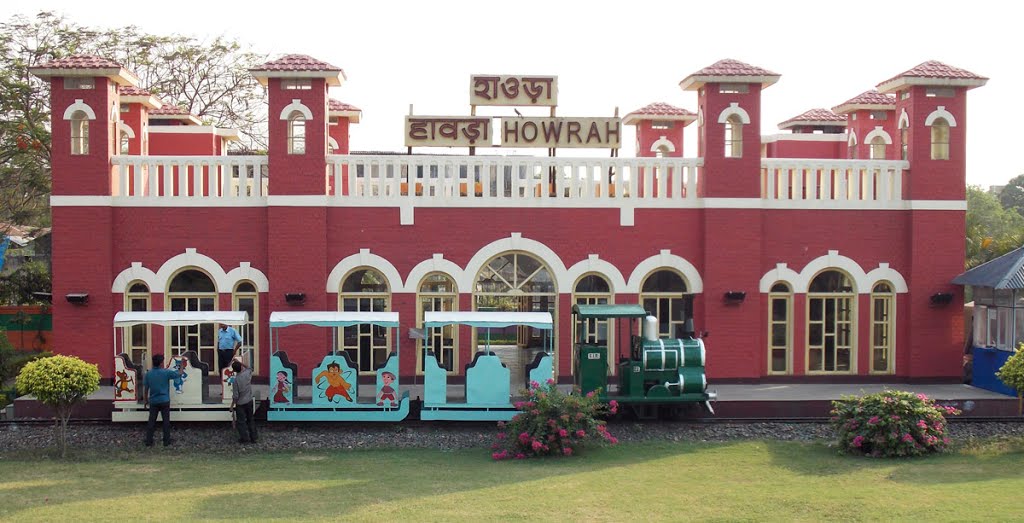
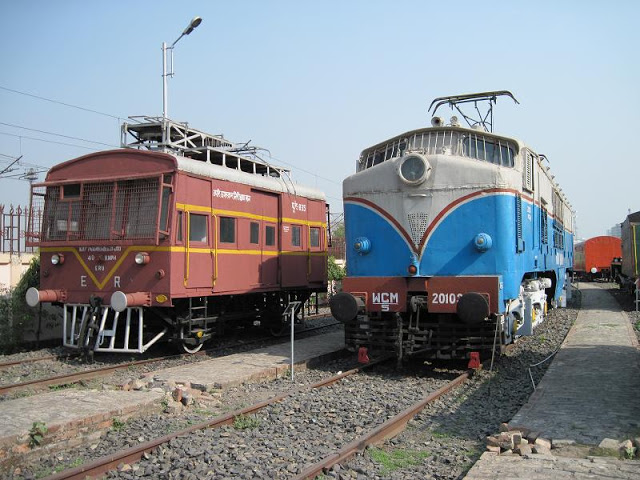
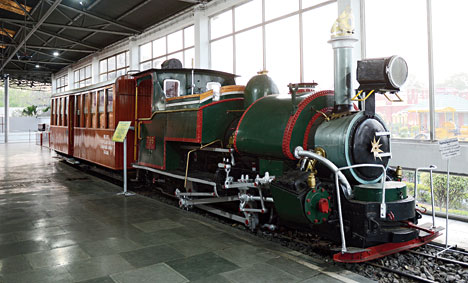
The 'B' Class locomotive was built in 1926 in Glasgow, UK, by Atlas Works of Sharp, Stewart & Co. Ltd. for the Darjeeling Himalayan Railways, and was retired from service on 18th September 1996. Such locomotives are still functioning on 2' gauge in the picturesque Siliguri-Darjeeling region.
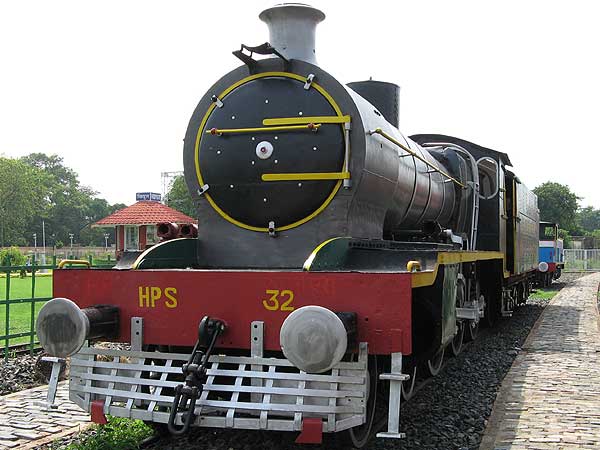
This passenger locomotive originally belonged to the Pakistan Railways. During the 1971 war, this locomotive came to the Indian territory and has been kept at the Bandel yard since then.
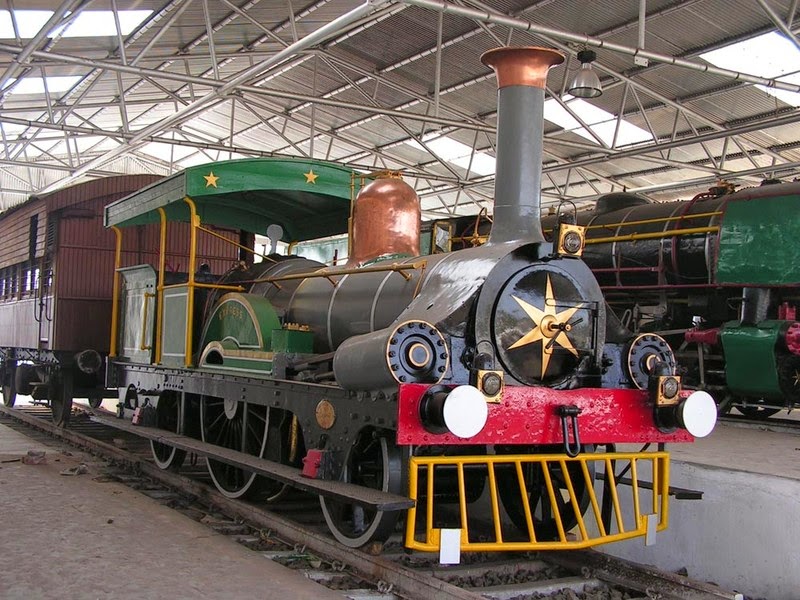
This was built in 1855 by Kitson, Thompson and Hewitson, UK, for the erstwhile East Indian Railway (EIR) and worked from Howrah to Raniganj (121 miles). It is as old as the "Fairy Queen" (also built in 1855), popularly known as the world's oldest steam locomotive, which was another engine of a similar type used to haul a luxury tourist train. It was kept at the National Rail Museum, New Delhi.
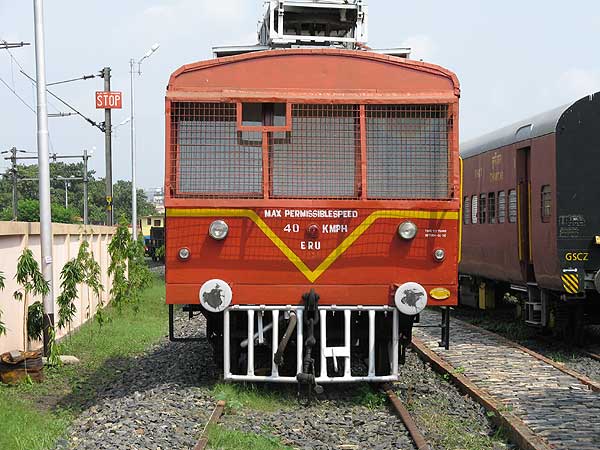
This Tower Wagon was manufactured at the Kanchrapara Workshop in 1968. It was used for the maintenance of Overhead Traction Electric wires and breakdown attention. It is equipped with an 85 HP HSD oil-driven Perkins engine.
This Double Decker 3rd class carriage is a model replica of a double decker coach that ran on the East Indian Railway in the 19th century, and was discontinued from service towards the early 20th century.
